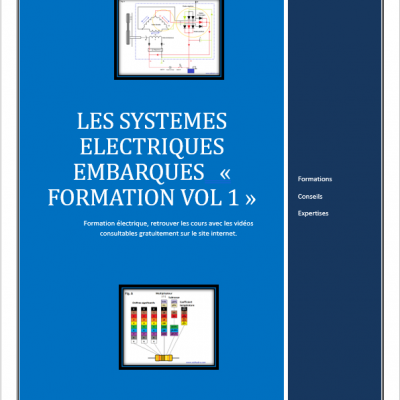1- The directional valves
The directional valves make it possible to direct the oil towards the receivers.
We distinguish 2 large families
- Poppet: the advantage of this type of directional valve is to be sealed internally when closed.
- Spool : the advantage of this type of dispenser is to have a greater number of positions.
The 4/3 directional valve is very common in hydraulic circuits.
As the name suggests, it has 4 holes and 3 positions.
Here are the models that we find most often:
- Directional valve 4/3 closed center.
- Directional valve 4/3 center Y.
- Directional valve 4/3 tandem center.
- Directional valve 4/3 center H.
Depending on the application, the center of the most appropriate directional valve is chosen.
The H center explained below brings together the advantage of tandem center and Y center.
2- Directional valve 4/3 center in H: central position



















